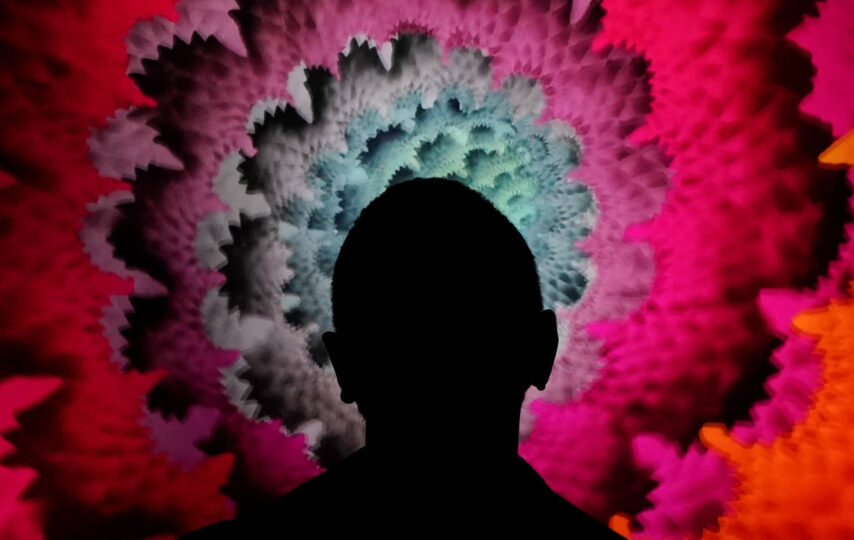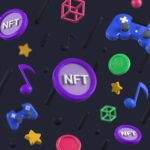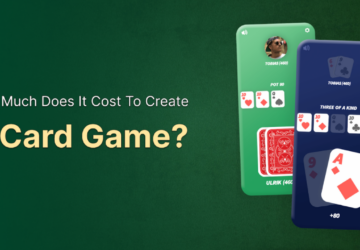NFTs are causing a stir, non-fungible tokens as their acronym represent them, what they are and what is behind them that many artists are using. click here
It is a fun and essential new trend in the Blockchain platform.
Tokens are like collectible trading cards.
Tokens are all those goods with a monetary value but are not tangible.
It is the most basic and straightforward explanation of what an NFT represents; they are digital arts of art unique in their style, and no two are the same in the whole world.
Their exclusivity lies in the fact that they registered under the blockchain platform, which creates an authenticity seal that they cannot forge.
They are like the cards that we all collect at some point when we are little. Only that its value is much higher, and to access these NFTs, it is necessary to know the platforms that expose them.
Although many users have created their NFTs, the volatility of this new form of crypto activity generates anxiety. In most cases, they prefer to carry out exchange transactions to traditional currencies before obtaining millionaire losses.
Plagiarism can reach NFTs.
There are a lot of platforms that have dedicated themselves to the commercialization of NFTs, but they have had to start taking precautions when it comes to plagiarism.
Believe it or not, it is easier to perceive and detect the falsification or plagiarism of digital work; even this characteristic represents one of the main attractions of NFTs for artists.
One of the areas of most significant influence in creating NFT is digital arts.
Consequently, it has opened the door to that entire group of artists who had to resort to third parties to sell their creations or try to exhibit in a gallery, where the profits would have to be shared.
Being able to market their digital arts has allowed these artists to boost their careers and generate the income they long for since through the Blockchain platform, there are many users worldwide who can observe this digital art.
Due to the lack of legal support regarding the digital market, cryptocurrencies, and now NFT, great doubts are beginning to be created regarding the copyright issue of these digital arts because there is no legal foundation that protects the authors more beyond the policies of each platform.
So, in finding plagiarism in a digital piece of art, the way to proceed is complex.
The financial system and NFTs
The real and digital worlds have merged, generating economic and financial movements of great relevance for many of the users of crypto assets and digital currencies.
The emergence of NFTs has left a mark on the economy. However, its characteristics as part of an ecosystem that is not regulated by entities or authorities worldwide but still emerging and market under its own rules are what causes the most astonishment.
One of the digital economic system premises is that they do not necessarily need the products physically to carry out commercialization, purchase, and sale transactions.
The digital arts published in this new environment have generated multimillion-dollar sums for many of their authors in traditional currencies such as the dollar, such is the case of the work “the first 5000 days” authenticated by Blockchain and valued at more than 68 million dollars.
His creator, a graphic designer who has been making digital creations for years, although he does not believe in the cryptographic world, was the one that allowed him to be among the first three artists who have reached millionaire sums based on his artworks
Conclusion
It is no secret to anyone that cryptocurrencies, and now this new form of crypto active, generate great noise in the traditional economy.
Still, it is a matter of analyzing how these digital arts become so popular that many can pay high amounts for just having them.
Although it seems like a bubble with a limited duration, the platforms that allow the creation of these digital arts have had to shield themselves to offer their creators support and protection for their digital arts.
It favors a severe and reliable economic relationship since all parties benefit from commercialization operations. The profits are both for the artist and the platform promoting it.








